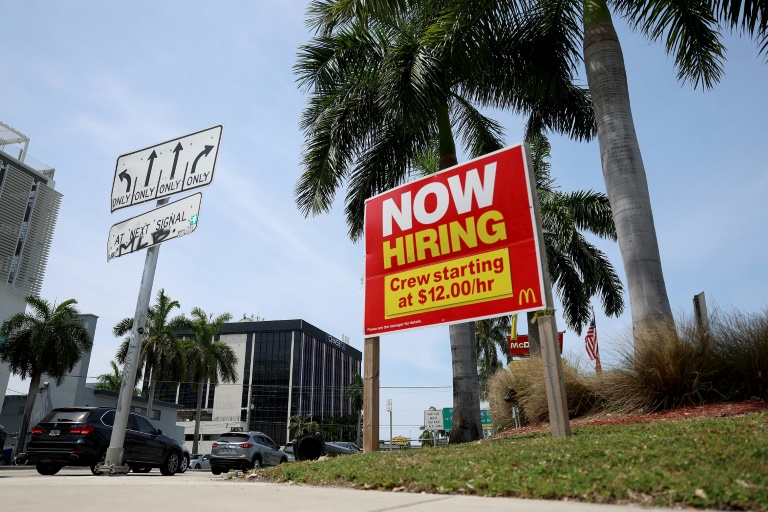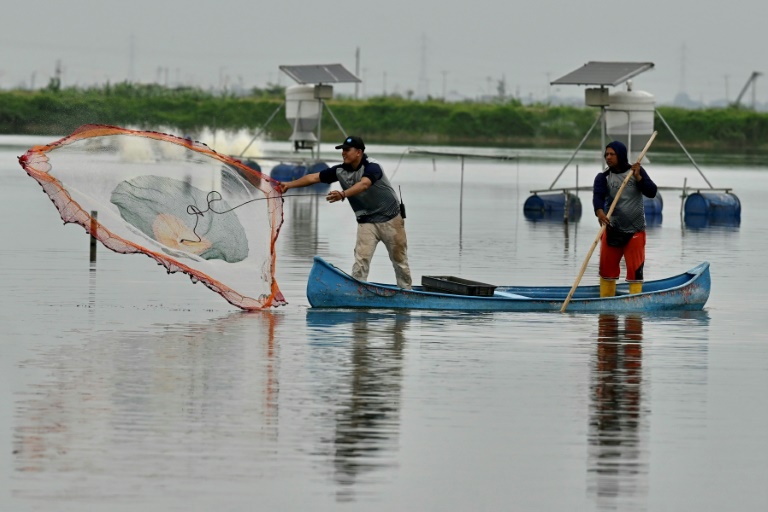“Here in our region, it’s like a daily drink,” said Joachim Wegner, the winemaker at Weingut Wegner in Bad Dürkheim, near the Rhine River in southwest Germany. “If you go to Bavaria, it’s beer. But here, especially at festivities, the article number one is schorle.”
While the ratio of wine to water is up to the drinker, when sold by an establishment, by law, schorle (pronounced “SHORE-luh”) must be at least 51 percent wine. “But we also have customers who say they want less wine,” he said. With lunch earlier that day, he’d made one with 10 percent wine, “just to give the water some aroma.”
Wine is not the only beverage that takes well to the schorle treatment — you’ll also find them made with a variety of juices. “It’s basically the nonalcoholic drink of Germany,” said Berlin-based author Luisa Weiss, whose next cookbook, “Classic German Cooking,” comes out in October. Even at a biergarten, you’ll see adults ordering an apfelschorle, a mixture of apple juice and sparkling water. “It’s refreshing, it’s thirst-quenching, it’s isotonic,” Weiss said.
Simple though it may be, with only two ingredients, the selection of both matters. The wine or juice should be one you enjoy drinking plain; if you add water to a mediocre beverage, you’re only making it last longer. The water, too, needs to be relatively flavorless, though its minerals and carbonation will affect the overall flavor of the schorle.
“I sometimes think that people — customers, producers — think we can take any wine and make a schorle of it,” Wegner said. “But this is a totally wrong attitude, because the problem is a good schorle needs always a good wine, but not high-end wine.” In Germany’s Palatinate region, a dry, acidic riesling is the quintessential choice; rosé is also common. “But we, too, like to drink a schorle with sauvignon blanc, for example,” said Wegner, who added that some international wines, such as vinho verde, are worth trying, too.
The wine should be fruity, acidic and aged in stainless steel tanks, not wood (mineral water can bring out off flavors when mixed with wood barrel-aged wine), and they should be relatively low in alcohol content. “Not a wine with 13 or 14 percent alcohol, this is not the wine for Schorle,” Wegner said. Also important: temperature. “Schorle has to be cold, refrigerated,” he said. “At fests we start at 4 to 5 degrees Centigrade,” or around 40 degrees Fahrenheit. You can use ice if you must, he said, just be sure it’s made with filtered water.
In a juice schorle, apple is the classic. “It’s refreshing, and the acidity goes well with the mineral water,” Weiss said. For a special treat, she recommends black currant or, if you can find it, rhubarb.
“I was at a clinic earlier this year, and in the communal kitchen they had an array of juices and mineral water, like that’s the standard offering,” Weiss added. “There was tea, coffee and a schorle bar. It’s very German.”
When choosing a water, you can pick out your preferred bubbly — of the brands widely available in American markets, I liked Gerolsteiner (German) and Topo Chico (Mexican) when mixed with a fruity, dry rosé — but to really understand how mineral waters affect wine, it helps to ask a water expert.
Typical minerals include calcium, magnesium, sodium, potassium and sulfates, and each plays a role in a schorle. “Calcium can give a smoother mouthfeel and enhance the sweetness of a wine; it would also help balance acidity in wine or juice,” said Anistacia Barrak-Barber, a water sommelier based in Colorado. “Magnesium gives a subtle bitterness, and it can enhance the perception of sweetness in the wine.” Sodium adds saltiness and balances sweetness. “Potassium would affect the mouthfeel of the whole beverage, give it more body or texture, and it would feel more round and smooth,” she said. And sulfates could lend a bitter taste. “If you were mixing a wine with a lot of tannins and the water had a lot of sulfates, it might go super bitter on you,” she said.
As with the wine or juice, acidity in the water (based on the pH scale, where 1 to 6.9 is acidic, 7 to 7.1 is neutral, 7.1 to 14 is alkaline) is also worth consideration. “Alkaline water can taste slippery in your mouth; it has a smooth, soft feeling,” Barrak-Barber said. “With acidic, you’ll get those sour, bitter, metallic kind of flavors.”
Germany boasts hundreds of water brands, available not only with or without bubbles, but in varying degrees of bubble strength. “Another ‘rule’ would be matching the level of the carbonation in the water to the wine’s acidity,” Barrak-Barber said. “High acid wine can handle more carbonation without becoming too acidic or tart.” Gerolsteiner and Topo Chico both fall under the bold carbonation category, which are like “large, loud fireworks in your mouth,” Barrak-Barber said.
Grocery stores carry the big brands, but check out the options at international markets and on websites such as salaciousdrinks.com, which also provides information on mineral contents. You could also seek out local-to-you waters, sourced from springs owned by small companies who practice responsible land stewardship. Avoid plastic bottles, which can leach chemicals (and disagreeable taste) into water.
Wegner, the winemaker, recommends a water with strong enough bubbles to last once mixed. I found that Mountain Valley, Purely Sedona and Mineragua, while each enjoyable on their own, didn’t hold their carbonation long enough once I added wine to the glass.
The most important thing to keep in mind when mixing a schorle: It’s all up to your tastes. Try a few different wines, juices and waters — starting with a 50-50 ratio — to find what you like, and revel in the fact that with only two ingredients, you’ve got a complex, refreshing drink to sip all summer long.






